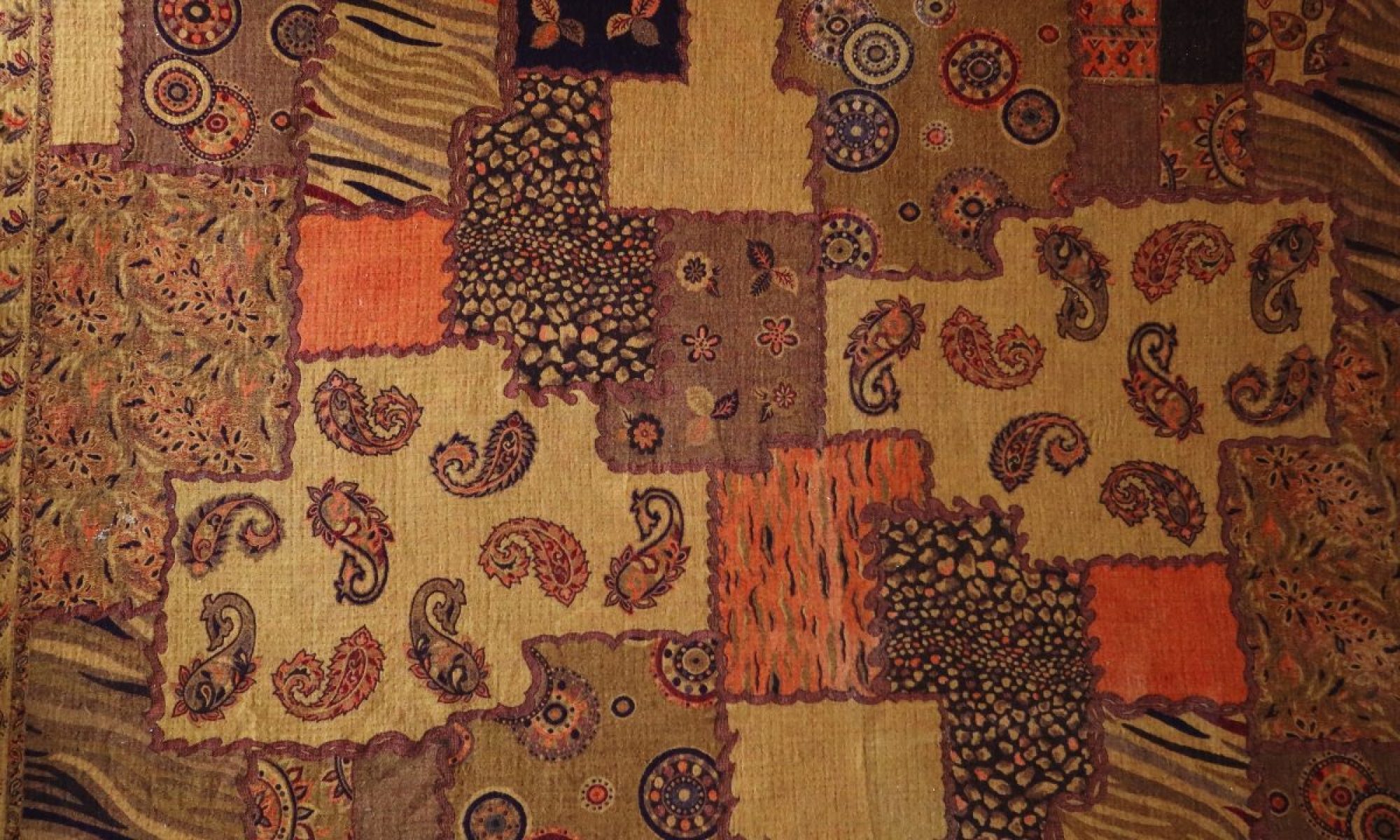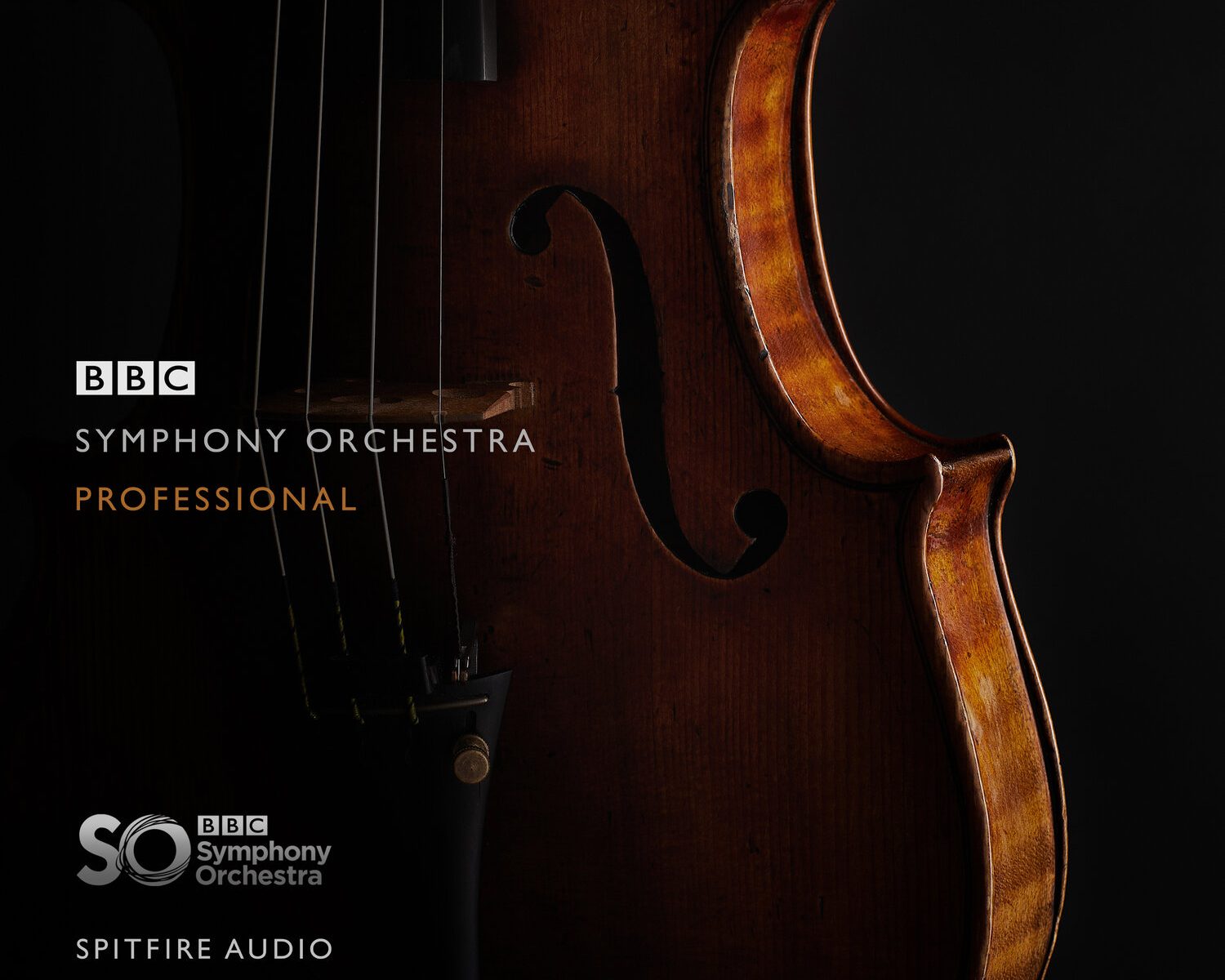I got Spitfire Audio’s BBC Symphony Orchestra Professional for Christmas (my wife is so cool 🙂 ) so the first thing to do was to explore the sounds in the library. I had watched Paul Thompson’s walkthroughs of the library, which are brilliant for providing a sonic overview. It’s not, however, until I watched Christian Henderson’s writing demo using the BBC SO or listened to Andy Blainy’s compositions (see here) that I really began to appreciate the library in its fuller context. So what better way to learn the library than to write a piece of music using just that library. I’ll get to the music in a minute.
After I had written the piece, I discovered The Page and thought I could do something more with this exploratory piece. As suggested on The Page, I tagged the piece using #ONEORCHESTRA on SoundCloud (here) but rather than just putting it there for the enjoyment of others, I wanted to try and make it more useful. I spent some time annotating the piece using the SoundCloud comments feature to highlight the entry and articulations of a wide range of instruments in the library. Hopefully this might provide a bit more insight for people evaluating the library or wanting to get more of a context for the sounds.
In this short blog I will explain a bit more about the piece, and what I was trying to achieve in each section with instrument selection and articulations. I have also provided a short video tutorial here for some additional interactive description.
The piece has been written mostly in A Phrygian – think A minor with a flat 2nd. This mode is strongly represented in Flamenco music and I like to think that ‘Moorish” influence on the Iberian Peninsula can be heard in this mode. The opening tutti features the flat 2nd, firmly establishing that this is not in major (Ionion) or minor (Aeolian) modes. Although the flat 2nd is used numerous times in this piece, bars 39-44 feature a Cor Anglais, emphasising that interval which takes on the character of a North African double reed (e.g. the rhaita or shawm for instance).
The intention in the opening tutti (b1 – b9, shown in Section 1 above) was to demonstrate not just the harmonic range but also the dynamic range of the library and how these interact. A three chord refrain is repeated four times and with each repeat, the bottom end is extended with first the double bass then the Tuba and the Contrabass tuba. The final repeat is absolutely massive, demonstrating the link between the perceived size and amount of low frequency content in the sound (my colleague Densil Cabrera studied these effects in the early 2000’s at the University of Sydney).
The next section (b10 – b27, Section 2 above) is more harmonically spacious but certainly no less musically subdued. The intention here was to showcase shorts in the strings, and winds and the untuned percussion. Articulations include spiccato and pizzicato in the strings, staccatissimo, marcato and sforzando in the winds and a lyrical legato in the brass (horns a4 and trumpets a3), all under a glassy ceiling of Violin harmonics and Viola tremolos. There is a short and fast legato run in violins (b19), introducing the legato trumpets and staccato woodwind figures and rounded off by a snare roll and the soft buzz of cymbals.
Section 3 (below) is really downtempo and sits on a pad of strings flautando with close voicing for Vln2, Vla and Celli underneath. Above that, Vln1 is still on harmonics and the DB sordino is very low in the range. First there is a bass flute (b27 -b37) combined with a celeste (b27 – b33) followed by a harp glissando and then open arpeggio (b33 – b39). Over this is a Glockenspiel. The Cor Anglais I mentioned earlier makes a brief entry relatively low in its register (b39 – b 43) giving that North African feel and then passing onto a contrabass clarinet doubled by the Vibraphone three octaves above (b44 – b49). This section is then rounded out with a lovely combination of harp and celeste.
In the next section (4: b52 – b69) I introduced the Brass – a subdued opening with the Horns a4 and the Harmonium (borrowed from the Spitfire Studio Brass library) becomes increasingly heroic as the Horns take an ascending line, doubled by trumpets and finally piccolo trumpets (also borrowed from Studio Brass). These are supported by the trombones and bass trombones. In the final bars of the section (b63-69), considerable weight is added using the Tuba and Contrabass tuba (again).
The closing section (section 5, shown below) comes in two subparts – first, a theme on the violins ( Violin 1 – legato) is developed and supported harmonically by the rest of the string choir ( Violin 2, Viola and Celli with pizzicato on the Double Bass). This theme is restated but then supported sonically by the winds (flutes, oboes, clarinets and bassoons) making for a contrasting fuller sound than the first statement.
In the second part of this section, the theme is once more restated but a solo horn plays a slightly contrapuntal line to the Violin 1 legato. The horn is at the very top of its range so it is quite thin and fragile. At the end of the third repeat, the piece enters a short sequence of chords that takes it to (a near) perfect cadence in the relative major (key of C major) but via the “borrowed” chord G minor that results from the flattened 2nd of A Phrygian.
Thanks for staying to the end of this blog and I hope that the brief description is useful in your evaluation of Spitfire’s library. It really is a splendid instrument. Please feel free to use either the MIDI file provided here or the basic template for Digital Performer 10 provided here. The latter is nowhere near as sophisticated as that provided by Christian Henson and Jake Jackson for Logic and Pro-Tools but it might provide a good start for any DP user.
That’s it for now. Please leave questions or comments and I’ll be delighted to get back to you.
Stay safe
Cheers
Simon

